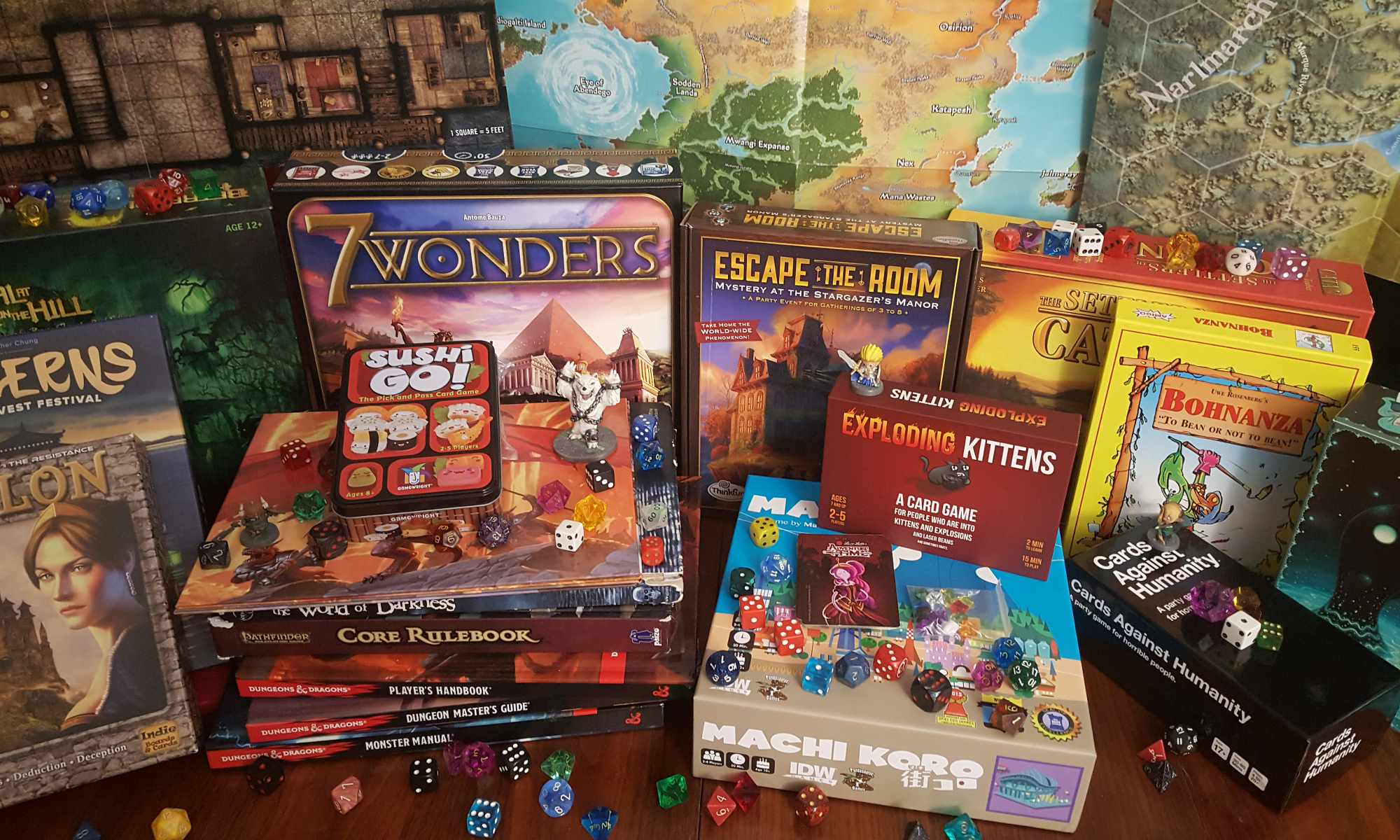Today’s episode is all about our impressions of the Pathfinder Playtest. Since we’re both veteran Pathfinder players, we came to the playtest with a pretty strong understanding of what we felt were Pathfinder’s strengths and weaknesses, and what makes Pathfinder, Pathfinder. As such, we were both excited to see the developments.
Paizo Publishing, makers of the Pathfinder RPG, started out as 3rd party / contract publishers for D&D responsible for the publication of Dungeon and Dragon magazine (the former being a magazine of published adventures, the latter being for the discussion of rules and hobby culture material). The Golarion setting of the Pathfinder RPG (which we plan to discuss in a future episode) began its publishing history in the 3.5 era of D&D but received the majority of its material under the Pathfinder RPG proper..
The RPG itself was published as a sort of counterpoint to the sweeping changes made in D&D 4th Edition. Many players and publishers felt that 4th Edition’s changes were too sweeping. For instance, I did.
Me. I thought they were too sweeping.
Like, don’t get me wrong, 4th Edition makes a great baseline for a tactical miniatures combat game. Honestly, I’d like to see a pared down streamlined version put to that use (sort of like D&D’s flopped CHAINMAIL miniatures line). Paizo Publishing, however, saw that the open gaming revolution begun by 3rd Edition D&D was still strong and decided that they would perform what the open source community refers to as a project fork, marking the beginning of their independent development of the Pathfinder RPG, sometimes nicknamed D&D 3.75.
The main design goals of Pathfinder were to keep as true as possible to the spirit of D&D 3.5 – to update and improve on the game, but also to make converting beloved characters and material relatively simple. The changes from 3.5 to Pathfinder were, in a few cases, already things the community at large had house rules to address or already did (honestly, who played with experience penalties for multi-classing?). For the most part, though, they simplified rules, expanded the options of characters, increased the power of classes, or shifted the abilities gained at different levels around.
Of course, there were still issues. Some still thought of Pathfinder as “D&D: Spellcaster Edition.” There was still criticism of the skill system, where some skills didn’t become substantially more useful with additional ranks (Heal, for example, simply needed a character to be trained to perform the more obscure actions with the skill) and others just weren’t that useful at all (Intimidate and Bluff’s combat uses were forgettably bad for any character who didn’t invest Feats or Powers in them, which makes their “good” uses more a function of the Feat or Power and the Skill itself merely a prerequisite).
I’m not going to go into a huge discussion of what we like and dislike about the playtest from our limited experience with it, but I do want to emphasize one point that I feel the playtest has done well: unification of terminology.
All improvement in a specific aspect of a character (other than attributes) is covered by the term Proficiency, which, in turn, has a single unified mechanic. Any modular ability gained by a character is a Feat, with several sub-categories. Everything your character does is an Action, Reaction or Activity. All this makes the game feel much cleaner and, importantly, easier to explain to new players. I have already arranged a game with players of numerous levels of roleplaying experience, from veterans to almost complete noobs. I’m excited to see how the learning curve of this game compares to that of other editions.
Expect more updates regarding this as the playtest progresses.

